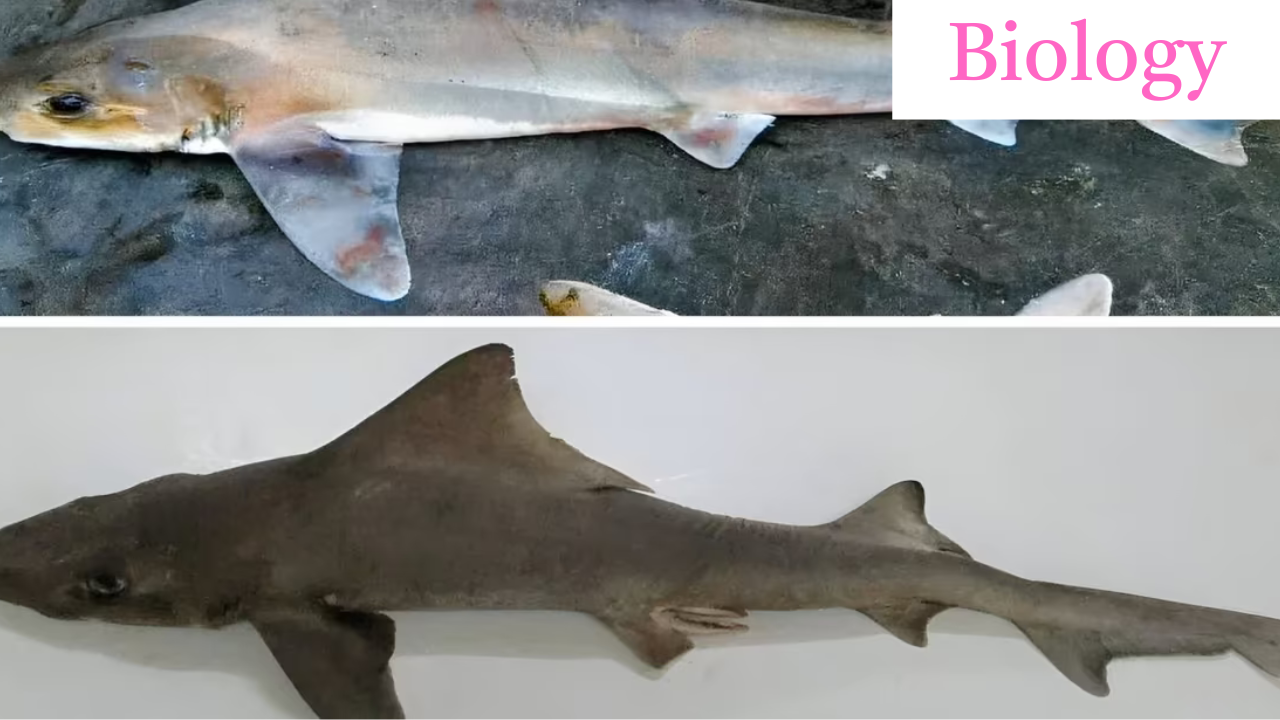About 50 years after it was last documented, one of the rarest sharks in the world has made an appearance in Papua New Guinea. The sailback houndshark (Gogolia filewoodi), which has an oddly broad and deep dorsal fin, was first reported by scientists in 1973 after a pregnant female shark was captured at Astrolabe Bay, close to the Gogol River, in Papua New Guinea. For many years, this one animal was the only known member of the species.
Six additional individuals of G. filewoodi have now been reported by scientists, marking the first occurrence of this species since it was initially described fifty years ago. According to a new study published in the Journal of Fish Biology, “the five females and one male G. filewoodi recorded in 2020 and 2022 near the Gogol River mouth are the first verified records of this species since its description from a single specimen in the 1970s.”
Apart from a few physical characteristics, such as the shark’s lengthy first dorsal-fin base, which sets it apart from other similar three-fanged sharks, very little is known about its biology.
The global environmental network International Union for Conservation of Nature (IUCN) lists the species as “data deficient”, as the lack of records prevents any understanding of the shark.
In the latest study, market surveys conducted by the World Wildlife Fund (WWF) in PNG’s Madang Province between February and May 2020 recorded five female sailback houndshark in the same area where the type specimen was collected in 1970.
The five individuals were caught near the mouth of the Gogol River at a depth of 80 metres by a fisher from the Bilbil village who was targeting jewfish (Sciaenidae) using handlines, researchers said. Due to a lack of records, the shark is listed as “data deficient” by the International Union for Conservation of Nature (IUCN), a global environmental network.
In the latest study, market surveys conducted by the World Wildlife Fund (WWF) in PNG’s Madang Province between February and May 2020 recorded five female sailback houndshark in the same area where the type specimen was collected in 1970.
The five individuals were caught near the mouth of the Gogol River at a depth of 80 metres by a fisher from the Bilbil village who was targeting jewfish (Sciaenidae) using handlines, researchers said.
“Two individuals measuring 61 and 60 cm were caught on 18 March 2020, and three individuals measuring 75.5, 76.1 and 59 cm LT were caught on 19 March 2020,” they wrote.
Source: Independent, New Scientist, Earth, IFL Science
The article is edited by Md. Rafikul Islam, Agriculturist, Science writer and Co-founder, Biology School.









